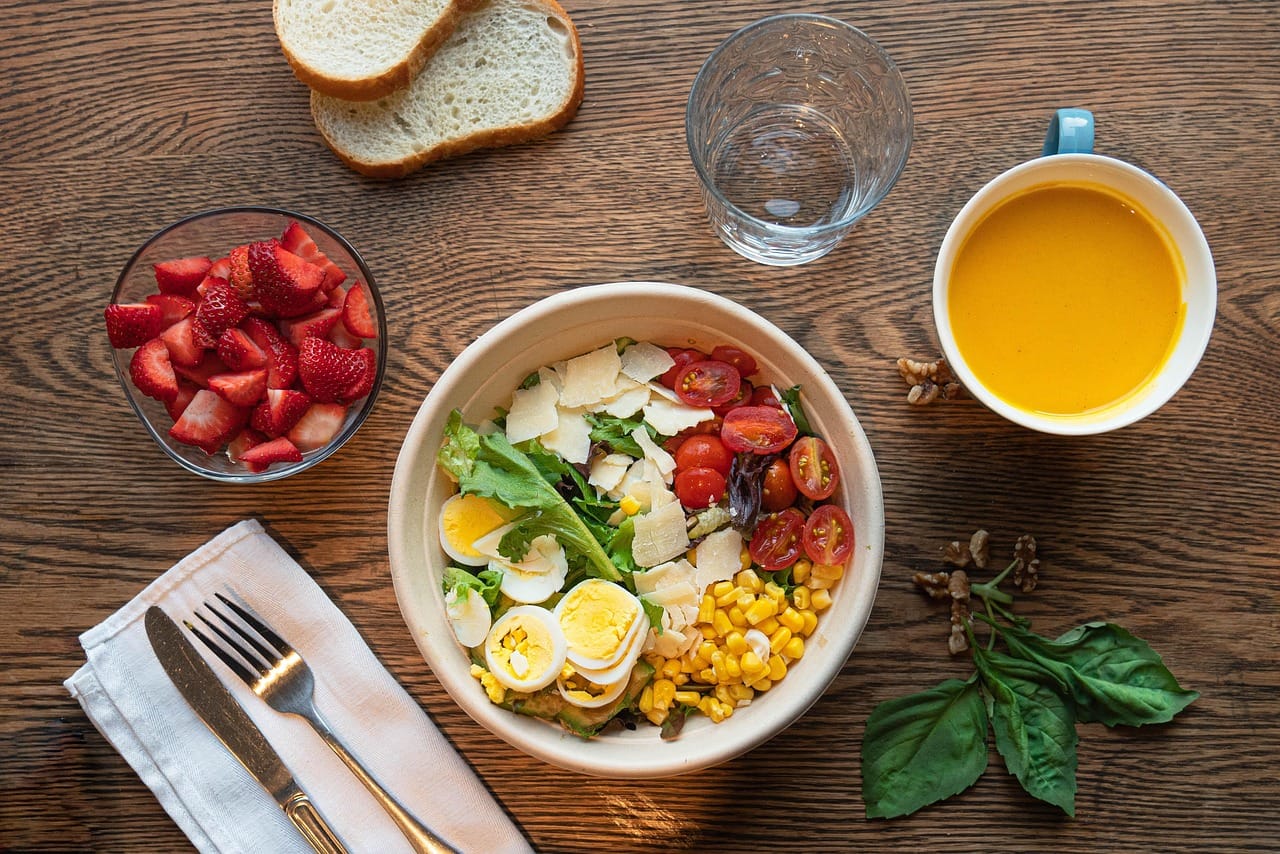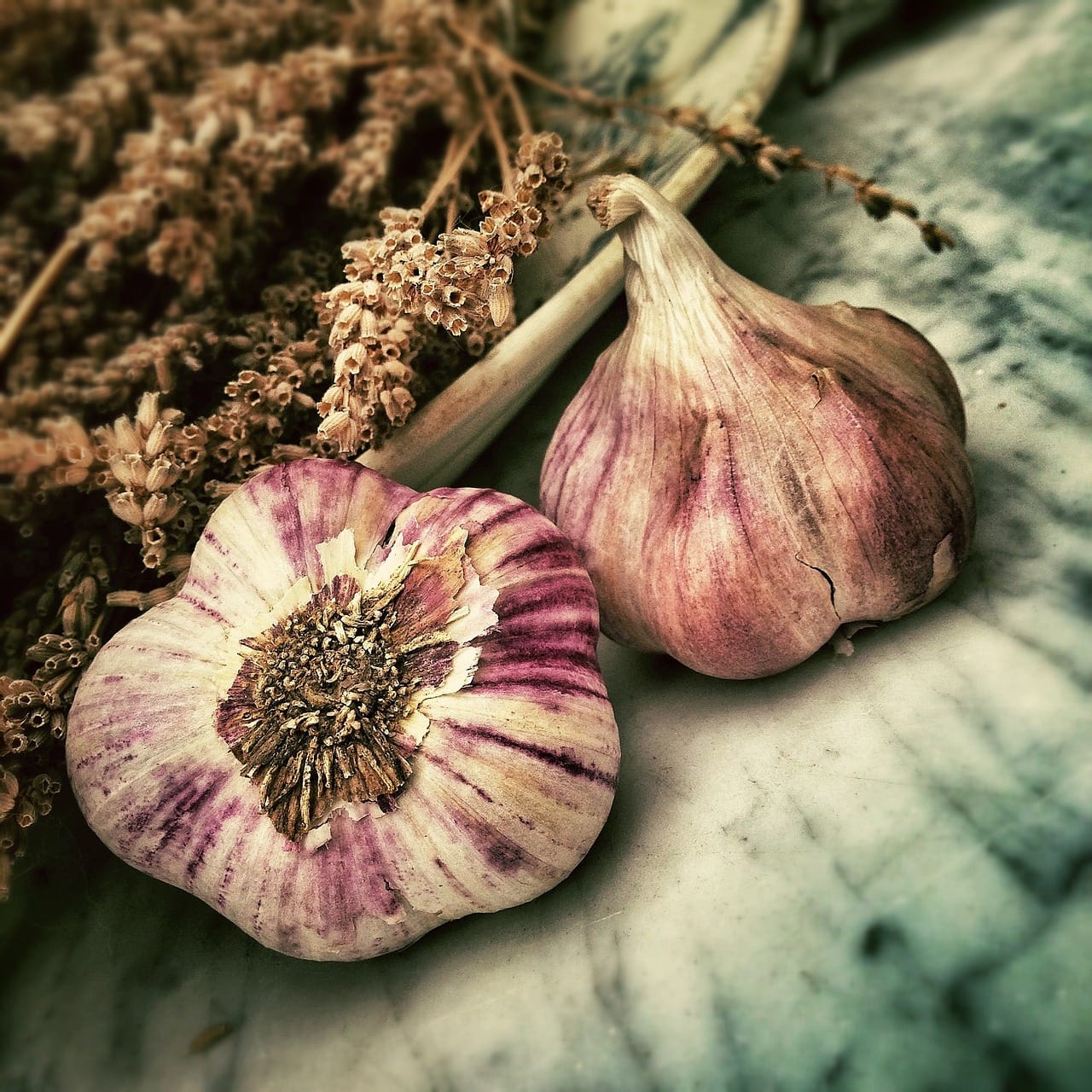Craving the satisfying convenience of a wrap but trying to keep your carb intake in check? You’re not alone! Luckily, the world of low-carb eating has evolved beyond restrictive diets, offering delicious and versatile options like low-carb wraps. These handy alternatives allow you to enjoy your favorite fillings without the guilt and carb overload of traditional wraps. Let’s dive into everything you need to know about low-carb wraps.
What Exactly IS a Low-Carb Wrap?
Defining the Low-Carb Criteria
Generally, a low-carb wrap aims to significantly reduce the carbohydrate content compared to traditional flour tortillas. A standard flour tortilla can contain upwards of 30-40 grams of carbohydrates. A low-carb wrap, on the other hand, typically contains less than 15 grams of net carbohydrates (total carbs minus fiber and sugar alcohols) per serving. Some brands even offer options with as little as 4-6 grams of net carbs.
Common Ingredients in Low-Carb Wraps
The ingredients used in low-carb wraps vary depending on the brand, but some common substitutes for wheat flour include:
- Almond Flour: Provides a nutty flavor and is rich in healthy fats and fiber.
- Coconut Flour: Offers a slightly sweet taste and is gluten-free.
- Oat Fiber: Adds bulk and fiber with minimal impact on blood sugar.
- Flaxseed: Contributes omega-3 fatty acids and fiber.
- Psyllium Husk: A soluble fiber that helps bind the ingredients together.
- Wheat Gluten: (Used in some brands) – Provides structure and elasticity, though it contains gluten.
Many brands also incorporate protein isolates and modified food starches to improve the texture and reduce the carbohydrate content.
Benefits of Choosing Low-Carb Wraps
Blood Sugar Management
One of the primary benefits of low-carb wraps is their positive impact on blood sugar levels. Traditional wraps, loaded with refined carbohydrates, can cause rapid spikes in blood sugar, leading to energy crashes and potential long-term health problems. Low-carb wraps, with their reduced carbohydrate content and higher fiber content, help to stabilize blood sugar levels, providing a more sustained energy release.
Example: Replacing a regular tortilla (35g carbs) with a low-carb wrap (8g net carbs) can significantly reduce the glycemic load of your meal.
Weight Management
Lowering your carbohydrate intake can be a helpful strategy for weight management. Low-carb wraps contribute to this goal by:
- Reducing Calorie Intake: Often lower in calories than traditional wraps.
- Increasing Satiety: The higher fiber content promotes feelings of fullness, which can help you eat less overall.
- Stabilizing Insulin Levels: Reduced insulin spikes can help prevent fat storage.
Improved Digestion
The increased fiber content in many low-carb wraps can promote healthy digestion. Fiber helps to:
- Regulate Bowel Movements: Preventing constipation and promoting regularity.
- Feed Beneficial Gut Bacteria: Supporting a healthy gut microbiome.
- Reduce Bloating: By promoting regular bowel movements and reducing gas production.
How to Choose the Best Low-Carb Wrap
Read the Nutrition Label Carefully
Don’t be fooled by clever marketing! Always check the nutrition label to ensure the wrap truly aligns with your dietary needs. Pay close attention to:
- Net Carbs: Calculate net carbs by subtracting fiber and sugar alcohols from total carbohydrates.
- Fiber Content: Look for wraps with a high fiber content (at least 3-5 grams per serving).
- Sugar Content: Opt for wraps with minimal added sugar.
- Ingredients List: Choose wraps with recognizable and wholesome ingredients. Be wary of excessive artificial additives.
Consider the Texture and Taste
Not all low-carb wraps are created equal in terms of taste and texture. Some can be dry, crumbly, or have an unpleasant aftertaste. Consider these factors when choosing a wrap:
- Reviews: Read online reviews to get an idea of other people’s experiences with the wrap.
- Sampling: If possible, purchase a single wrap or a small package to try before buying in bulk.
- Experimentation: Try different brands and varieties to find one that suits your preferences.
Evaluate the Size and Flexibility
Think about how you plan to use the wraps. Some wraps are smaller or more prone to tearing than others. Consider:
- Size: Choose a size that’s appropriate for your desired filling.
- Flexibility: Look for wraps that are pliable and easy to roll without cracking or breaking. Warming them slightly can increase flexibility.
Delicious Low-Carb Wrap Recipes
Chicken Caesar Wrap
Combine grilled chicken breast, romaine lettuce, Parmesan cheese, and a light Caesar dressing in a low-carb wrap. Add a sprinkle of black pepper for extra flavor.
Tip: Use Greek yogurt-based Caesar dressing for a lower-calorie and higher-protein option.
Tuna Salad Wrap
Mix canned tuna with mayonnaise (or avocado mayo for a healthier twist), celery, onion, and seasonings. Spread the tuna salad on a low-carb wrap and add lettuce or spinach for extra crunch.
Tip: Add a squeeze of lemon juice for a brighter flavor.
Veggie and Hummus Wrap
Spread hummus on a low-carb wrap and fill with your favorite raw vegetables, such as cucumber, bell peppers, carrots, and sprouts. Add a sprinkle of feta cheese for extra flavor.
Tip: Add a drizzle of olive oil and balsamic vinegar for extra moisture and flavor.
Breakfast Scramble Wrap
Scramble eggs with your favorite vegetables, such as spinach, mushrooms, and onions. Wrap the egg mixture in a low-carb wrap and add cheese or salsa for extra flavor.
Tip: Add diced avocado for healthy fats and a creamy texture.
Storing and Handling Low-Carb Wraps
Proper Storage Techniques
To keep your low-carb wraps fresh and prevent them from drying out, follow these storage tips:
- Resealable Packaging: Store wraps in their original resealable packaging, tightly closed.
- Refrigerator: Once opened, store wraps in the refrigerator to prevent spoilage.
- Freezing: For longer storage, you can freeze wraps. Wrap them individually in plastic wrap or freezer bags to prevent them from sticking together. Thaw in the refrigerator before using.
Tips for Preventing Cracking
Low-carb wraps can sometimes be prone to cracking, especially when cold. Here are a few tips to keep them pliable:
- Warm Them Up: Briefly warm the wrap in a dry skillet, microwave, or oven before filling. This will make it more flexible.
- Don’t Overfill: Overfilling the wrap can cause it to tear. Use a moderate amount of filling and distribute it evenly.
- Moisten the Wrap: Lightly brush the wrap with water or oil before filling. This can help prevent it from drying out and cracking.
Conclusion
Low-carb wraps are a fantastic addition to a healthy, low-carbohydrate lifestyle. They offer a convenient and versatile way to enjoy your favorite fillings without the carb overload of traditional wraps. By understanding the different types of low-carb wraps available, carefully reading nutrition labels, and experimenting with delicious recipes, you can easily incorporate them into your diet and reap the many benefits they offer. From blood sugar management and weight control to improved digestion, low-carb wraps are a smart and satisfying choice for anyone looking to reduce their carb intake.




